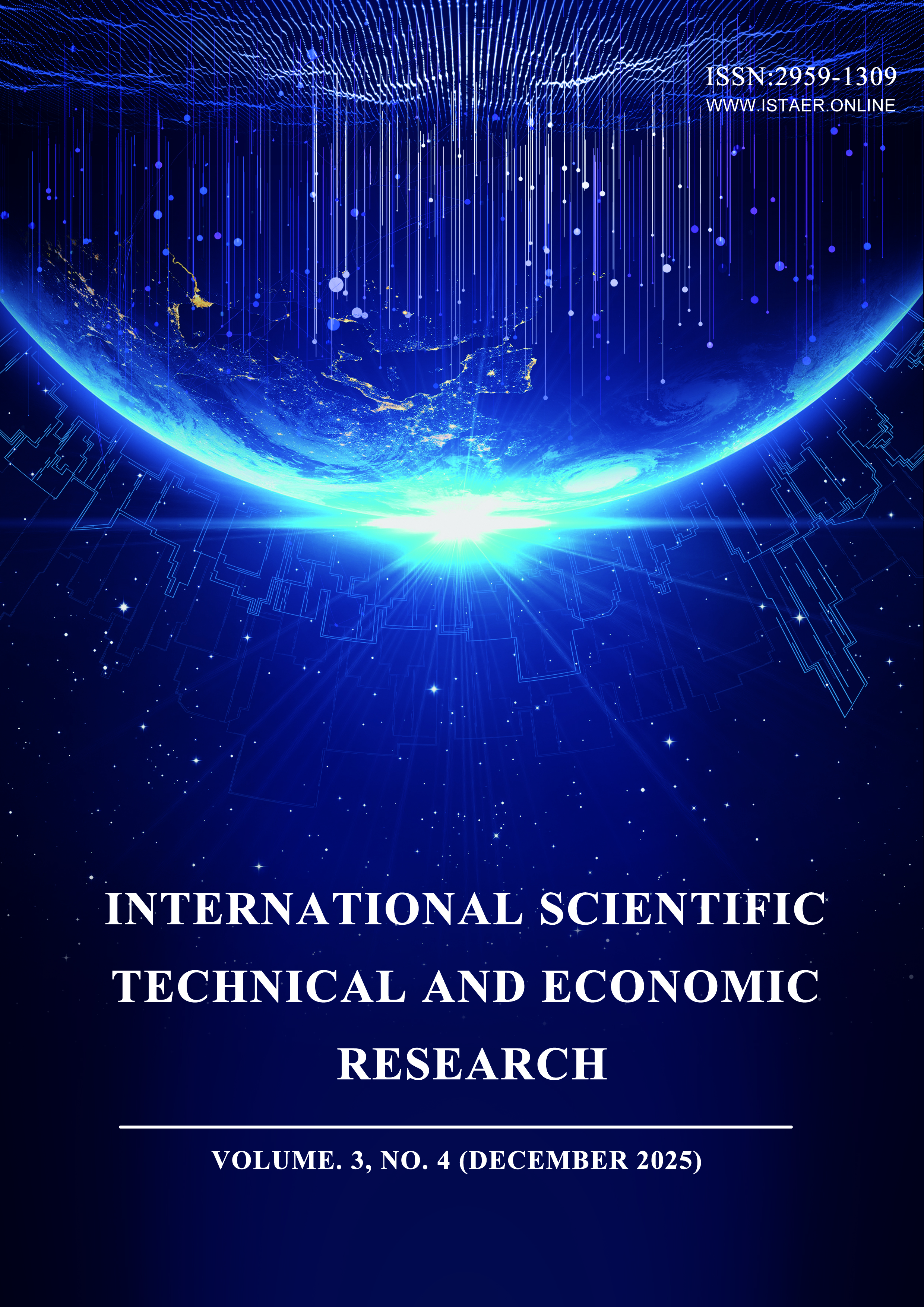About the Journal
International Scientific Technical and Economic Research (ISTAER)
ISSN 2959-1309
Aims & Scope
ISTAER is a peer-reviewed, open-access international journal dedicated to publishing high-quality empirical and experimental research at the intersection of science, technology, and economics. The journal focuses on studies that employ rigorous data-driven or experimental methods to examine how technological innovation shapes markets, policies, and socioeconomic outcomes.
Current Issue




